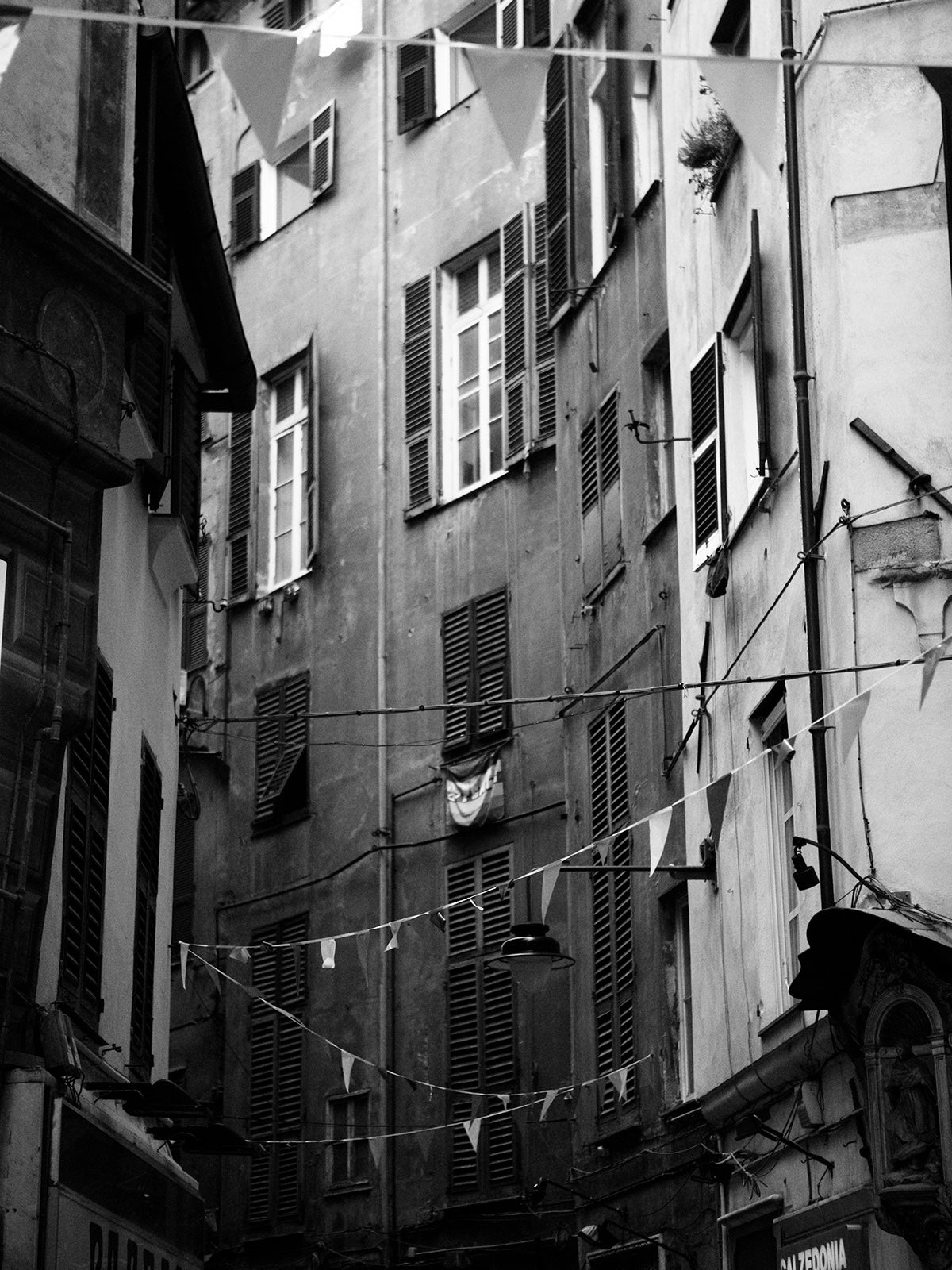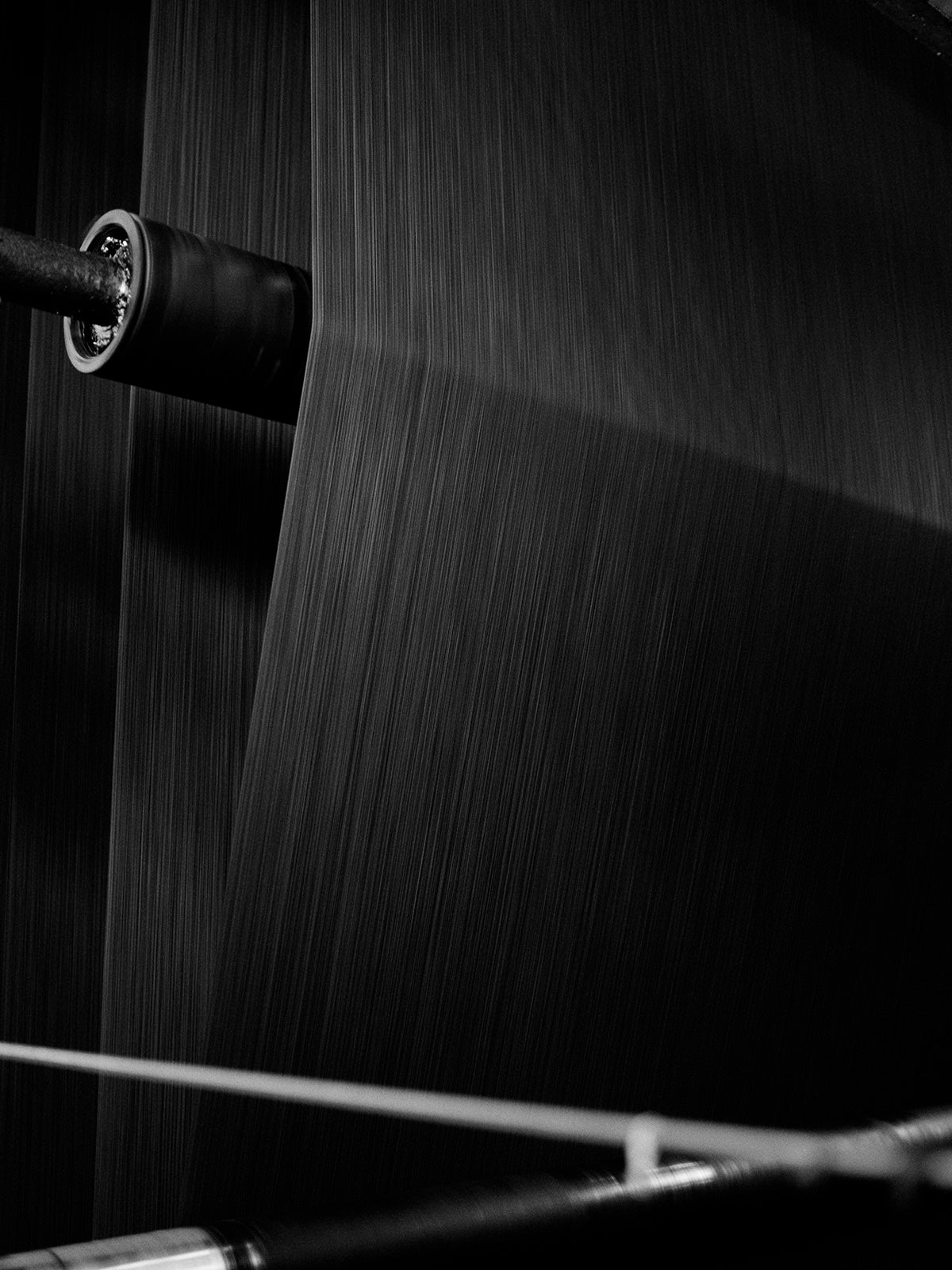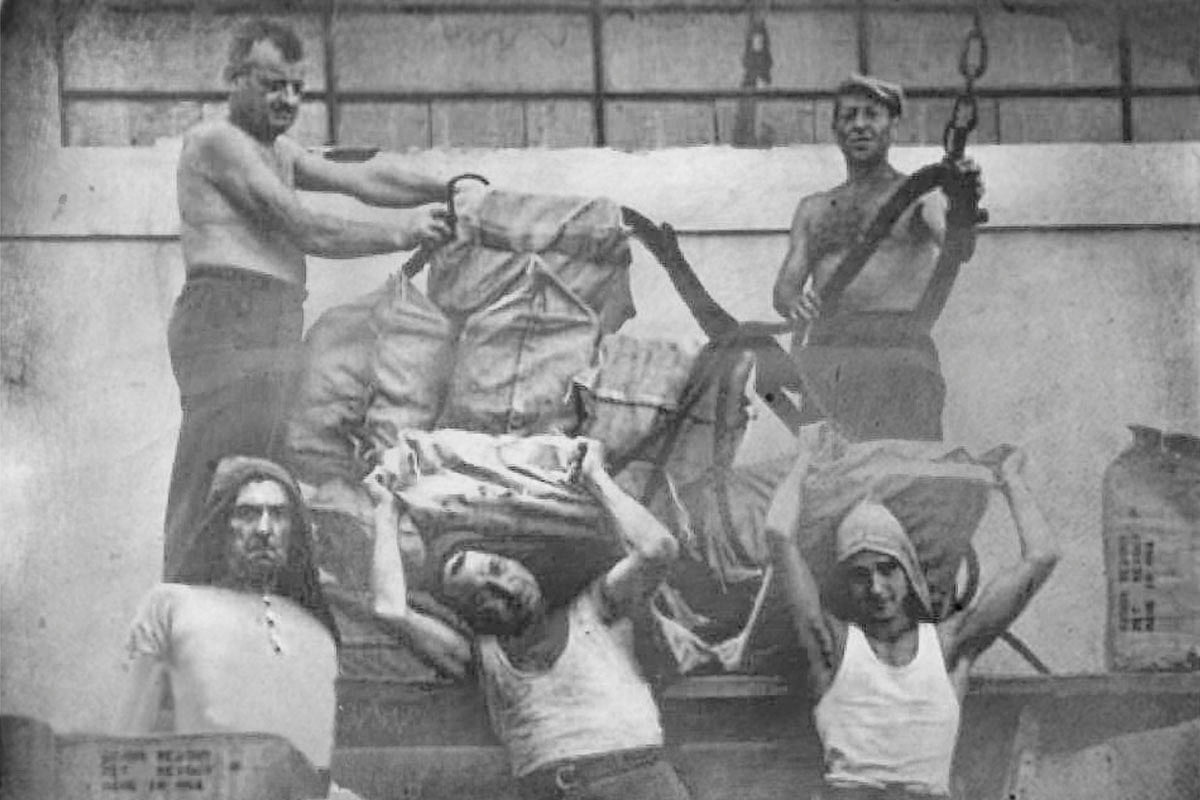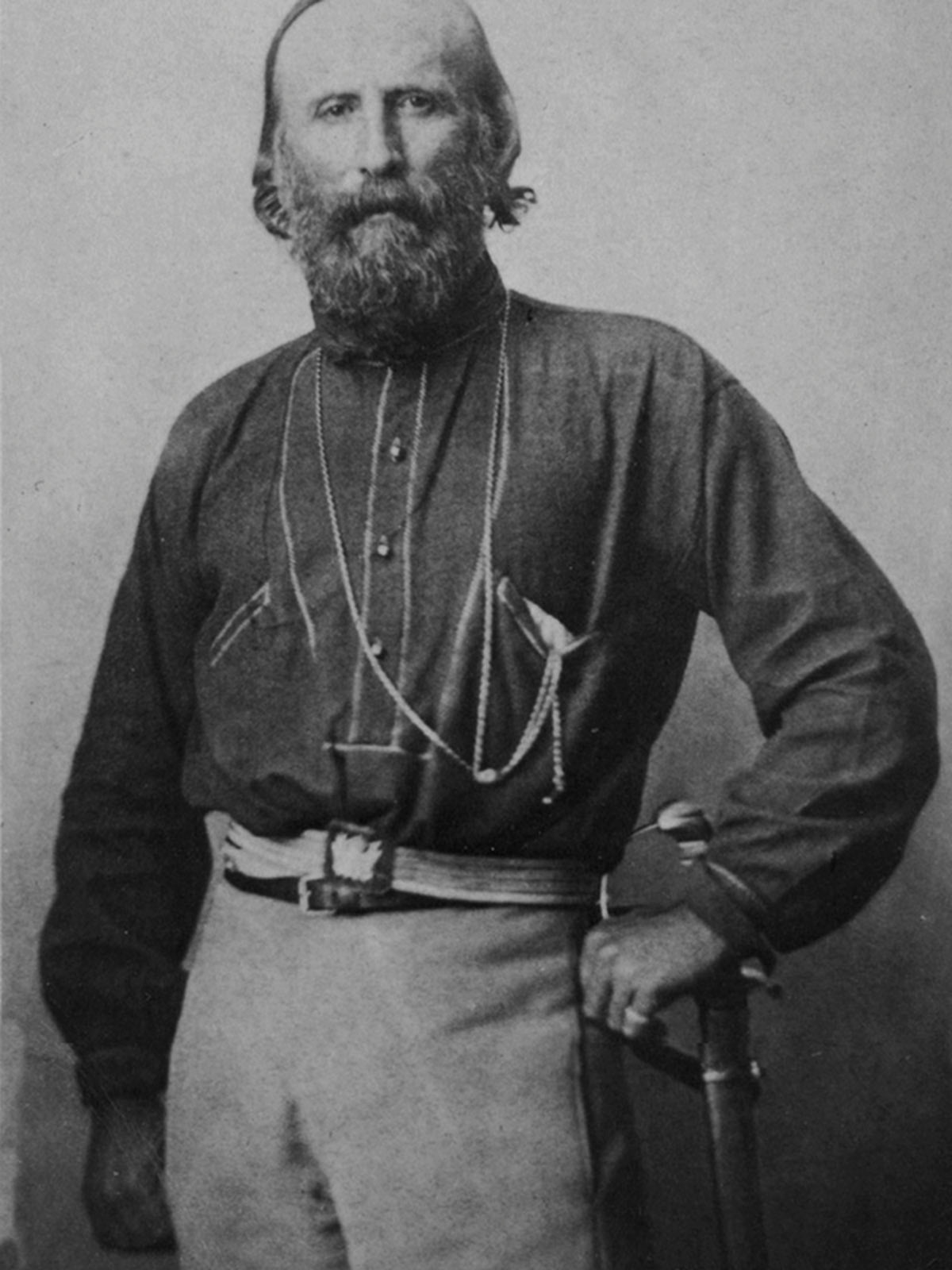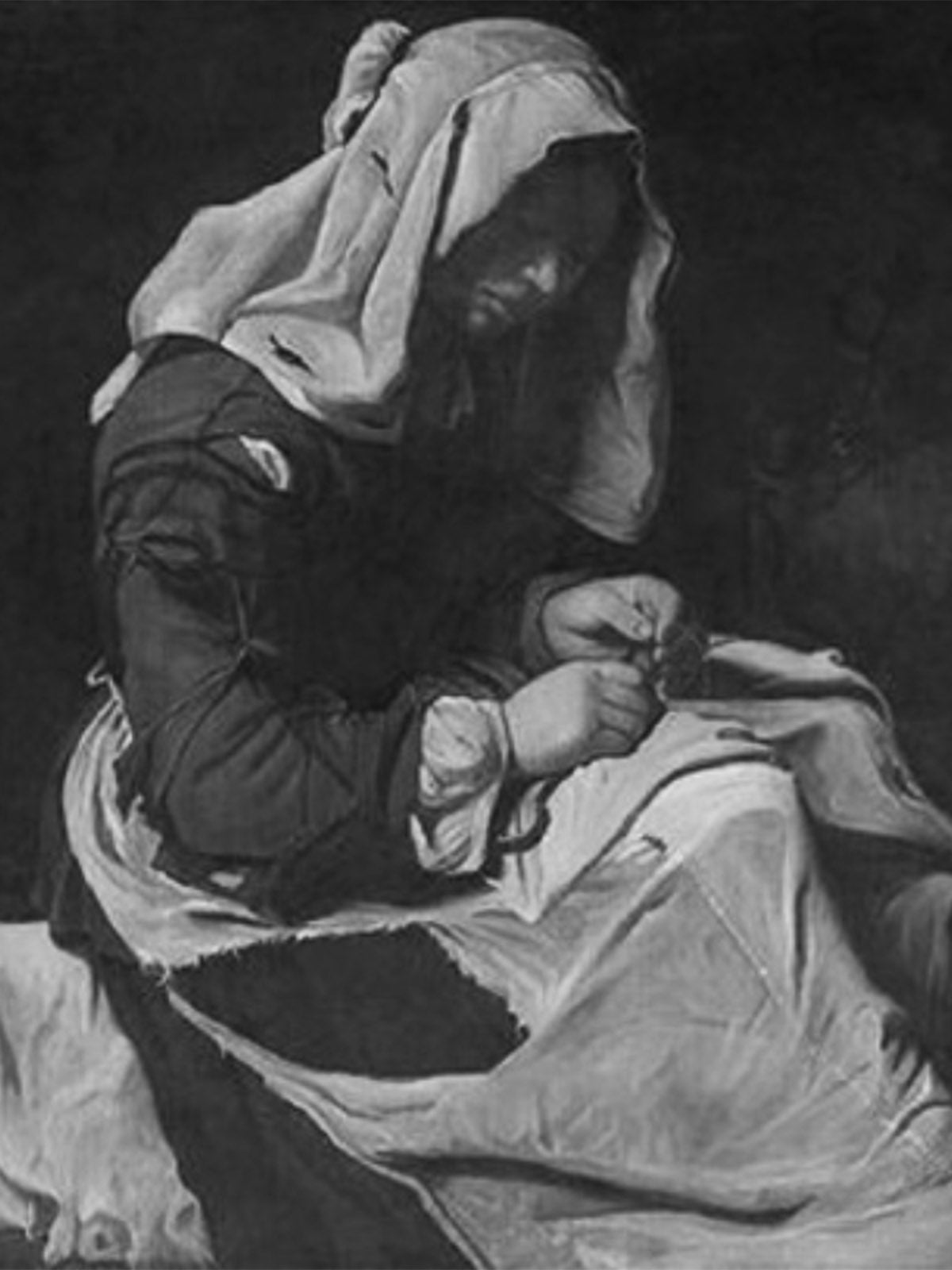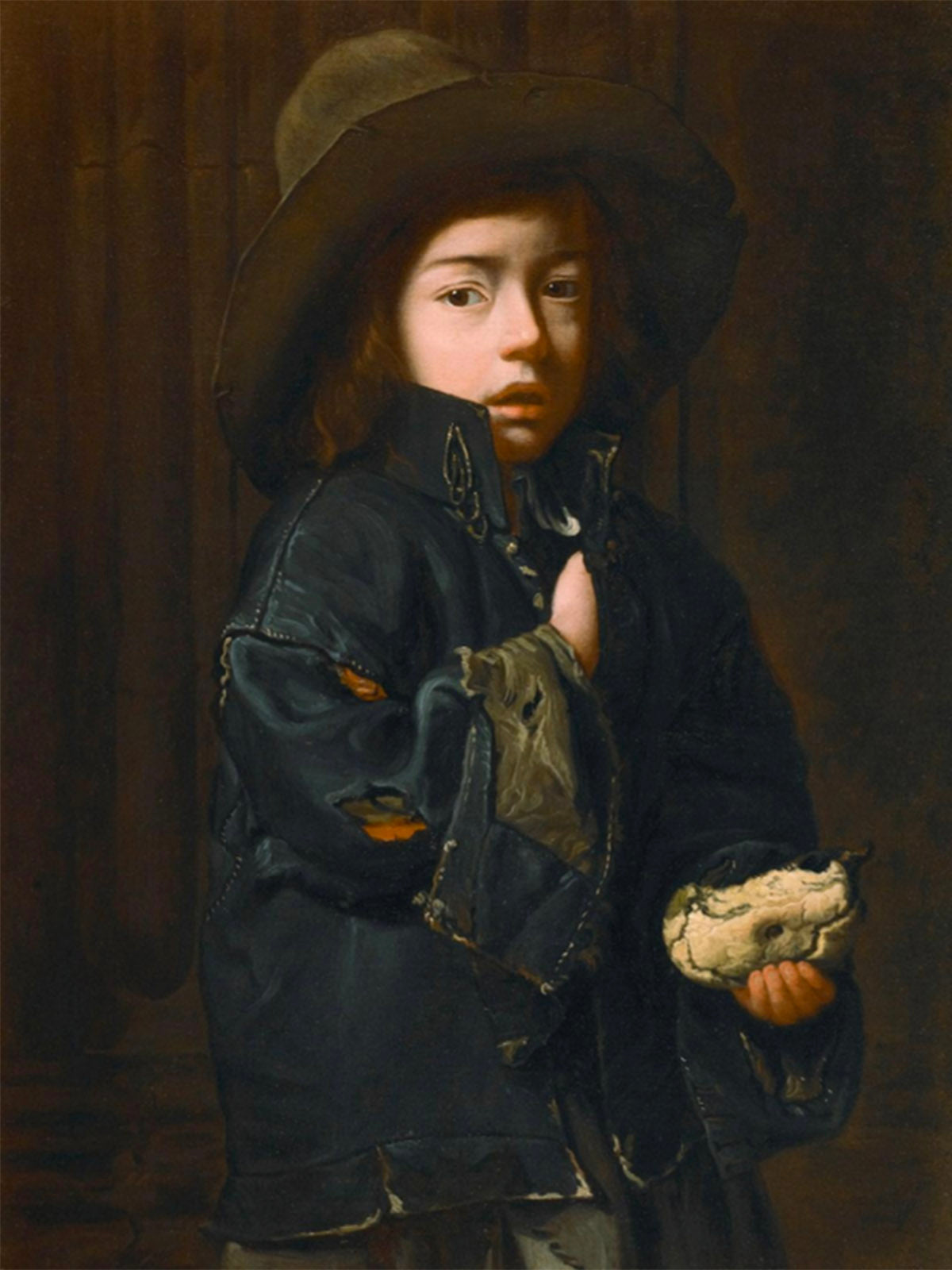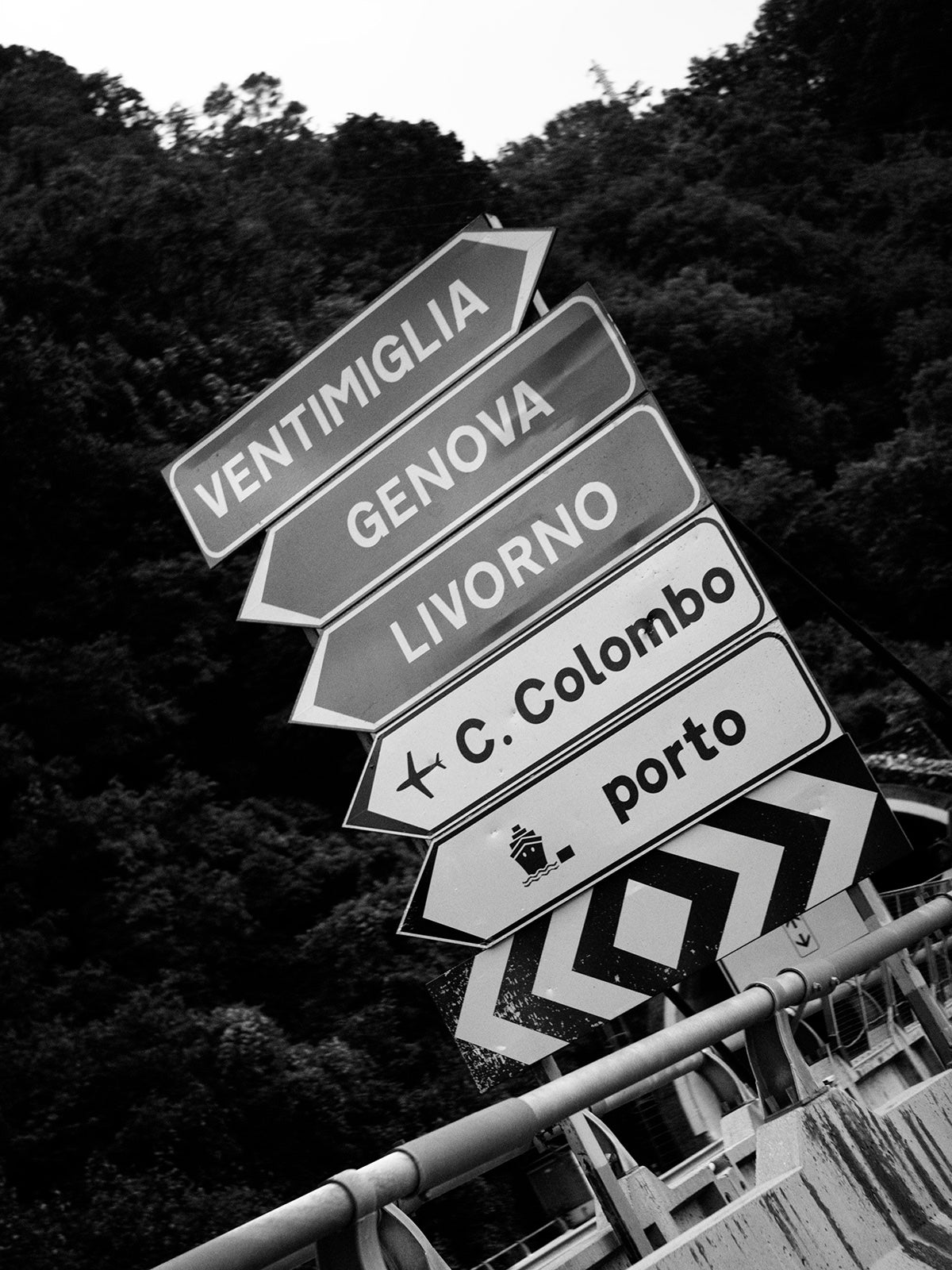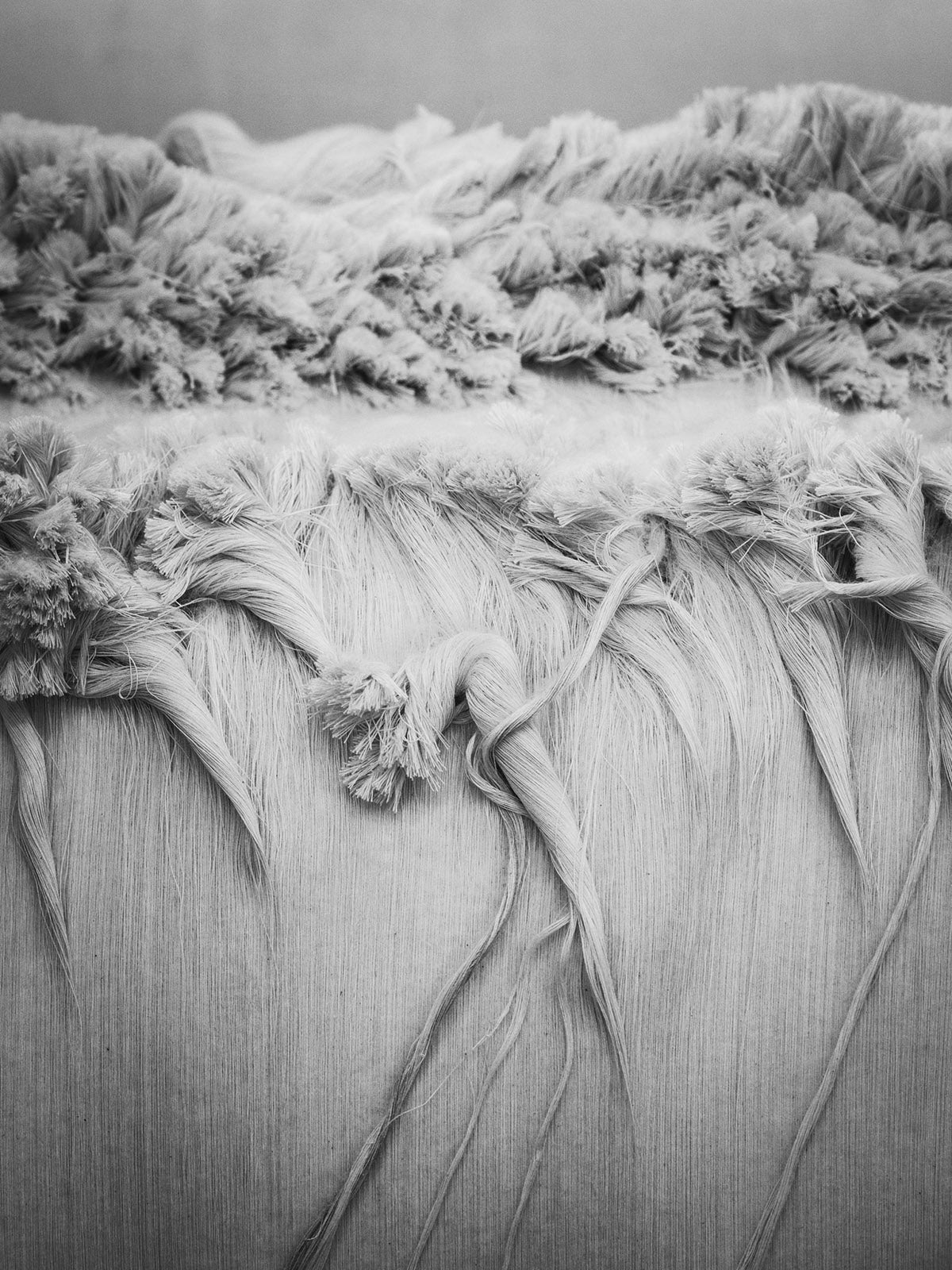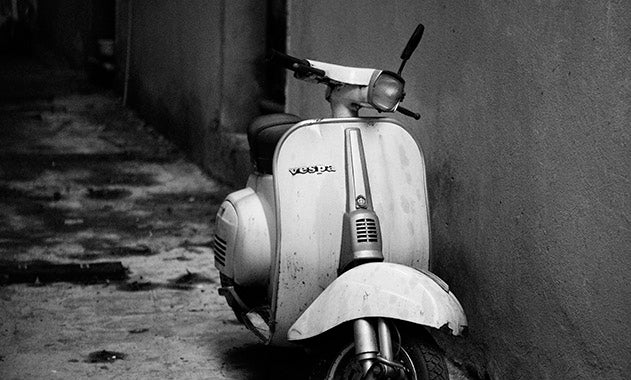The Legend of Genoa

Master of blue jeans
Old paintings and geographical studies prove that this blue fabric was worn by poor people and sailors in Genoa, because it proved to be very strong and durable for these people, living under harsh conditions. Jeans were already worn in the 17th century, meaning clothes made of this blue woven fabric from Genoa.
An Italian painter who was active in 1680 -1700 in Lombardy was dubbed MASTER of the Blue Jeans because of the recurring presence in his works of people dressed in the Genoese blue fabric.
The oldest pair of jeans
Giuseppe Garibaldi was an Italian general, politician and freedom fighter, who fought in many military campaigns that led to the Italian unification. It is a historical fact that Garibaldi, and many of his participants, wore jeans and a red shirt during the landing at Marsala in Italy in 1860. His jeans had a patch, made of the same fabric - hiding a rip on the left knee. A rip that is told to be the result of a failed attempt on his life.
Today, these jeans are preserved in Rome at the Central Museum of the Risorgimento, dating back more than 150 years as the oldest pair of jeans in the world.


Progetto Heritage
Blue de Gênes honors the history and heritage of denim and Genoa. All of our jeans are made with button fly, being the original way. We use leather reinforcements as unique details, angle our coin pockets slightly and line the back pockets for longer durability - just like they did about 400 years ago when clothes was made to last. We are adamant when it comes to quality. This gives our jeans character. It’s truly in the details.
Claiming that indigo is ”flowing in our veins”, we promise to continue the legacy of Genoa.
